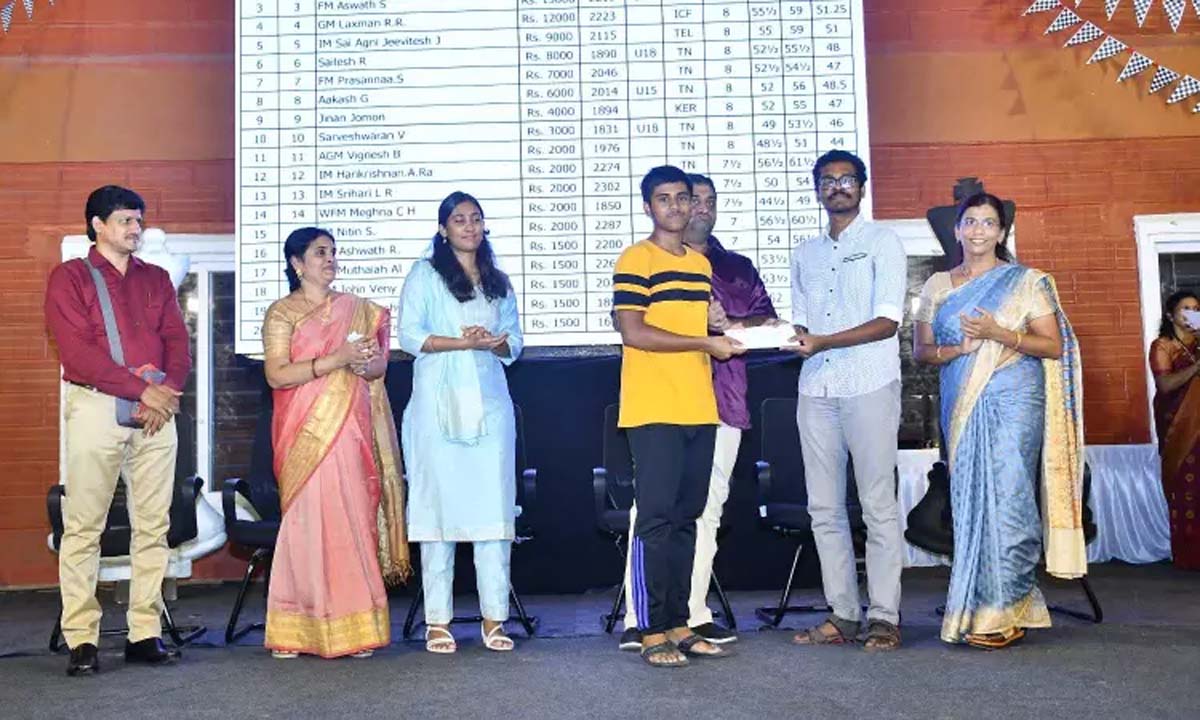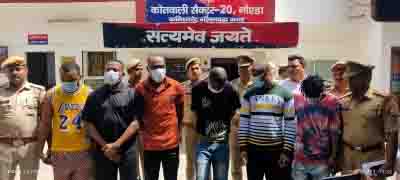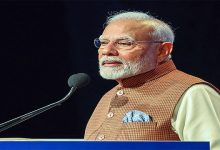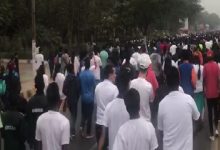Something was fishy about 2019 polls for sure, but don’t expect Das’ paper to catch the fish

My first reaction was pure envy: I wish I could do this kind of data analysis. Also, there was an element of jealousy: The writer was an economist, not a fellow political scientist. For once, an economist writing on politics was not using very clever methods to say something trite or weird. I had to admit it: as and when economists put their method to something real and substantive, the outcome can be truly illuminating.
Democratic Backsliding in the World’s Largest Democracy, a yet unpublished paper by Sabyasachi Das, an economist who teaches at Ashoka University, has drawn attention, as it should. Given the nature and quality of public debates in our country, it is also not surprising that it has courted controversy, with leaders from the Congress and the BJP taking predictable sides. Nishikant Dube, a BJP MP, demanded to know how the University could allow such “half-baked research” that could “discredit India’s vibrant poll process”.
Given the general lack of understanding of probabilistic reasoning, it is not surprising that some media commentaries have accused the author of “clickbait headline-hunting” that lacks hard evidence. Given the state of academic freedom in our country, it is not surprising that Ashoka University has issued a needless statement, expressing “dismay” and bending over backwards to distance itself from the paper.
Also read: Every UP IAS officer is dreading a list. Unhappy CM Yogi jumping in to solve all minor issues
Nothing half-baked here
Since I am familiar with the discipline of election studies, let me say it with all the authority at my command: there is nothing half-baked about this paper. Some nitpicking apart, this research paper is among the most rigorous pieces of empirical work on Indian elections that I have seen in a long time. To be honest, this one paper contains within it no less than eight high quality research papers. Any one of these papers could have made it to a professional journal. This paper alone could secure tenure for the writer in any top-notch university.
In substantive terms, this paper offers robust statistical evidence, the first of its kind, of significant electoral malpractice, in a parliamentary election in India. The author dares to take up this very sensitive subject of the possibility of electoral manipulation in the Lok Sabha election of 2019, frames the question very carefully, goes about answering it meticulously, step by step, sources and creates an astonishing range of data sets to answer his question and runs some very sophisticated statistical tests to arrive at his findings.
Instead of rushing into political hyperbole, the author draws nuanced and cautious conclusions: “I find evidence consistent with electoral manipulation at the stage of voter registration as well as at the time of voting and counting (turnout manipulation). In both cases, the results point to strategic and targeted electoral discrimination against Muslims, in the form of deletion of names from voter lists and suppression of their votes during election, in part facilitated by weak monitoring by election observers.”
And he does not forget to add a necessary caveat: “The tests are, however, not proofs of fraud, nor does it suggest that manipulation was widespread.” I suspect that the outrage at this paper is precisely because it refuses to say anything outlandish or engage in political rhetoric.
The refreshing thing about this paper is that it does not tread the beaten path. It carefully side-steps the red-herring in the debates on electoral manipulation, namely EVM hacking. I have repeatedly argued, much to the disappointment of my own friends, that we do not yet have any credible evidence of election outcomes being manipulated through EVM tampering.
What we have are a fair set of assumptions: that an electronic device like EVM can be manipulated, that the ruling dispensation would have no compunction in resorting to such manipulation and that the Election Commission cannot be trusted to stand up to such a possible fraud. These assumptions are good enough to suggest that we need to be on the guard, that EVMs can be manipulated, but these do not prove that EVMs have been used to manipulate election results.
Fortunately, Sabyasachi Das does not get into this tiresome and somewhat fruitless debate over EVM tampering. Nor does he try to put together evidence of ground-level electoral manipulations. A lot of anecdotal and local evidence does exist but at this stage it is very hard to prove it beyond reasonable doubt. And it does not add up to a big picture of overall electoral fraud. The job of examining this kind of evidence is best left to investigative journalists or future historians.
Also read: ‘Taking Hindutva to Bahujan samaj’ — why firebrand Sambhaji Bhide is important for BJP-Shinde govt
Summary of election forensics
Instead, Das shifts his focus from process to the outcome. Assuming that any electoral malpractice would leave its traces, he analyses the patterns of outcome at the constituency and booth level and zeros in at apparent abnormalities. This is election forensics. The advantage is that this is based on official election data, not any allegation or some disputed data set. Besides, it can be analysed at the booth level and aggregated at the national level. The limitation is that while it establishes a pattern of malpractice, and can help identify a mechanism as well, this is probabilistic reasoning. It cannot provide hard evidence that establishes quid pro quo. It is like investigations into financial frauds: statistics can help you detect a fraud and locate its site, but it cannot be relied upon for prosecution. You need a police investigation to follow up.
Let me now break down the argument of this paper in simple English (with some technical details for those interested):
There is something odd about BJP’s victory in 2019: it won an abnormally large proportion of seats that were decided by a small margin. (A statistical technique called “McCrary test” is usedby the authorto check this oddity)
1a. Such odd victories were concentrated in NDA ruled states.
1b. This is not just odd,it is very odd by global standards. No such pattern can be detected for any major party in any Lok Sabha election since 1977 or in a state assembly election around 2019.
This very odd pattern is enough to raise suspicion,but is not enough to prove a fraud. This could also happen if the BJP was very smart. It could accurately anticipate which constituencies would be closely fought and (if it is clairvoyant) which ones it would eventually win with additional campaign effort.
2a. But this did not happen. BJP did not have any special edge over its rivals in door-to-door and social media campaigning in these odd constituencies. (Evidence from National Election Study, 2019 of Lokniti-CSDS)
Therefore, we need to take the possibility of manipulation seriously. These odd constituencies show some strange patterns:
3a. Lower than average rise in the number of total voters, especially Muslim voters, suggests strategic deletions. (An algorithm is used by the author to identify Muslims from a sample of 2.5 crore names on the voters list)
3b. More of the large mismatch between votes polled and votes counted. (This scandal was detected by the media during the 2019 elections, after which the Election Commission removed the votes polled data from its website and never offered an explanation for the discrepancy.)
3c. Greater proportion of provincial civil service officers from BJP-ruled states, likely to be more pliant, among the counting observers. (Data set collated from EC website)
3d. An abnormal pattern of numerals that indicates fudging, especially in booths where more than 800 votes were cast. (A mathematical principle called “Benford’s Law” is applied by the author to measure unusual deviation from normal placement of the second digit.)
3e. Greater likelihood that these irregularities were concentrated in areas with a higher proportion of Muslim voters.
















